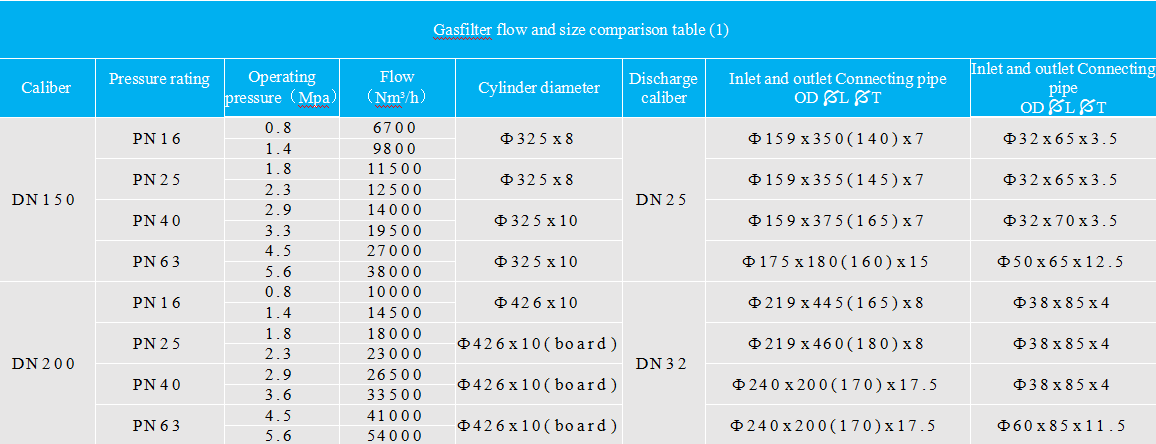
Nov . 04, 2024 16:31
Back to list
Understanding the Importance and Functionality of Safety Relief Valves in Industrial Applications
Understanding Safety Relief Valves Their Importance and Functionality
Safety relief valves (SRVs) are critical components in various engineering and industrial applications, serving a vital role in maintaining safety and operational efficiency. They are designed to protect equipment, processes, and personnel from overpressure situations, which can lead to catastrophic failures or accidents. This article explores the fundamental concepts, types, applications, and maintenance of safety relief valves.
What is a Safety Relief Valve?
A safety relief valve is a pressure relief device that automatically releases excess pressure from a system when it exceeds specific preset levels. These valves close again once the pressure has decreased to safe levels, ensuring that the system operates within its designed specifications. SRVs are essential in applications where pressure fluctuations can occur, such as boilers, tanks, and pipelines.
Types of Safety Relief Valves
Safety relief valves come in various designs to meet specific operational requirements and conditions. The most common types include
1. Spring-Loaded Safety Valves These valves utilize a spring mechanism to hold the valve closed until a predetermined pressure level is exceeded. When this occurs, the spring compresses, allowing the valve to open and relieve excess pressure.
2. Pilot-Operated Safety Valves These utilize a small pilot valve that opens at a lower pressure to control a larger main valve. This design allows for greater precision and can be more suitable for high-pressure applications.
3. Balanced Safety Valves These valves are designed to minimize the effect of backpressure on the valve's set pressure. This feature is particularly useful in systems where backpressure might fluctuate significantly.
4. Inverted Safety Valves Often used in cryogenic applications, these valves are designed to function correctly even when installed inverted, ensuring reliable operation in various orientations.
Applications of Safety Relief Valves
Safety relief valves are utilized across many industries, including
safety relief valve

- Chemical Processing In chemical manufacturing, reactors and pressure vessels require SRVs to prevent explosions and spills due to overpressure.
- Oil and Gas In the oil and gas industry, these valves are crucial for safeguarding pipelines and storage tanks, where volatile materials are handled.
- Power Generation Boilers and steam systems in power plants rely on safety relief valves to protect against dangerous pressure surges that can lead to equipment failure.
- Water and Wastewater Management In water infrastructure, SRVs ensure that excess pressure does not damage pipelines or treatment equipment, maintaining the integrity of the system.
Importance of Proper Maintenance
Maintaining safety relief valves is crucial for their effective operation. Regular inspections and testing should be conducted to ensure that valves operate correctly and within their specified set points. Common maintenance tasks include
- Visual Inspections Regular checks for signs of leakage, corrosion, or damage.
- Testing and Calibration Periodic testing to confirm that the valve opens at the correct pressure and reseats properly.
- Replacement of Components Worn or damaged parts should be replaced promptly to avoid malfunction during critical operations.
- Documentation Keeping accurate records of inspections, tests, and maintenance activities helps in ensuring compliance with safety regulations and industry standards.
Conclusion
In summary, safety relief valves are indispensable in safeguarding equipment and personnel in various industrial settings. Their ability to automatically relieve excess pressure prevents dangerous situations from arising, reinforcing the importance of effective design, proper installation, and diligent maintenance. By understanding the functionalities and applications of SRVs, industries can ensure safety and operational integrity, contributing to a safer working environment. As technology advances, the design and functionality of safety relief valves will continue to evolve, further enhancing their reliability and effectiveness in critical applications.
Next:
Latest news
-
Safety Valve Spring-Loaded Design Overpressure ProtectionNewsJul.25,2025
-
Precision Voltage Regulator AC5 Accuracy Grade PerformanceNewsJul.25,2025
-
Natural Gas Pressure Regulating Skid Industrial Pipeline ApplicationsNewsJul.25,2025
-
Natural Gas Filter Stainless Steel Mesh Element DesignNewsJul.25,2025
-
Gas Pressure Regulator Valve Direct-Acting Spring-Loaded DesignNewsJul.25,2025
-
Decompression Equipment Multi-Stage Heat Exchange System DesignNewsJul.25,2025

